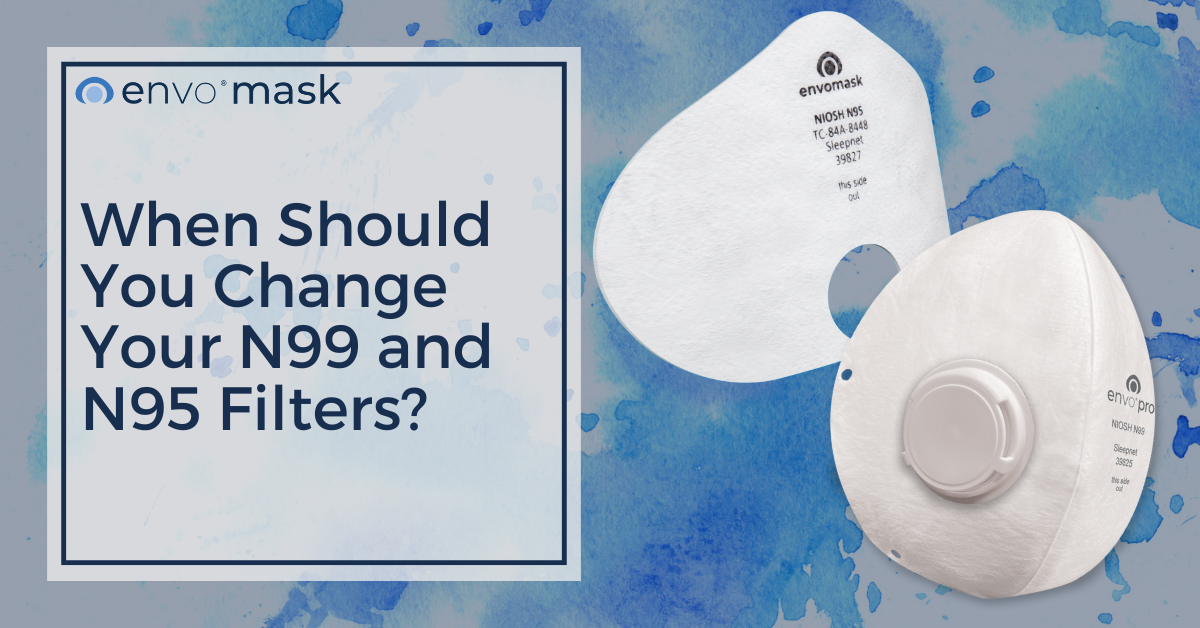N99 and N95 respirators are essential for protecting against airborne contaminants, but to ensure their effectiveness, it’s critical to know when and how to replace the filters. The National Institute for Occupational Safety and Health (NIOSH) has established guidelines to help users determine when to change filters for optimal safety and protection.
Following NIOSH Guidelines
According to NIOSH, there are several factors that indicate it’s time to replace your respirator’s filter. Below, we’ve outlined the key issues to watch for, ensuring you stay safe in any environment:
- Breathing Becomes Difficult: If the filter reaches its maximum load capacity, you’ll notice that breathing becomes labored or difficult. This indicates the filter is clogged with particles, reducing airflow and effectiveness. Continuing to use a clogged filter could put your health at risk by compromising the respirator’s protection.
- Filter Damage or Contamination: If the filter material is physically damaged or becomes soiled, it must be discarded and replaced. Damaged or dirty filters may not provide a proper seal or effective filtration, allowing harmful particulates to bypass the respirator. Always inspect your filters for any visible signs of wear, tears, or contamination before and after use.
- Company-Specific Guidelines: Every company may have additional safety protocols to follow. Be sure to consult your organization’s safety officer or the specific guidelines set by your workplace for respirator usage. It’s important to follow these rules as they take into account the unique hazards of your work environment.
Filters Should Never Be Cleaned and Reused
It’s essential to remember that N99 and N95 filters are designed for single use. Once the filter has reached its capacity or becomes damaged or soiled, it must be discarded and replaced with a new one. Cleaning or attempting to reuse a filter can compromise its effectiveness, as it may damage the filter material and reduce its ability to protect you from harmful particles. Always replace the filter instead of attempting to clean it.
Rely on NIOSH Guidelines and CDC Publications
For more detailed information on when to replace your filters and how to use respirators effectively, visit the CDC’s National Personal Protective Technology Laboratory (NPPTL) website. This resource offers in-depth guidance on safe filter usage and replacement, helping you stay informed and protected in hazardous environments.
Conclusion
Changing your N99 and N95 filters at the right time is crucial for maintaining optimal protection. Be sure to follow the NIOSH guidelines, keep an eye out for difficulty breathing, and inspect for any damage or contamination. When in doubt, replace the filter to ensure your safety.
